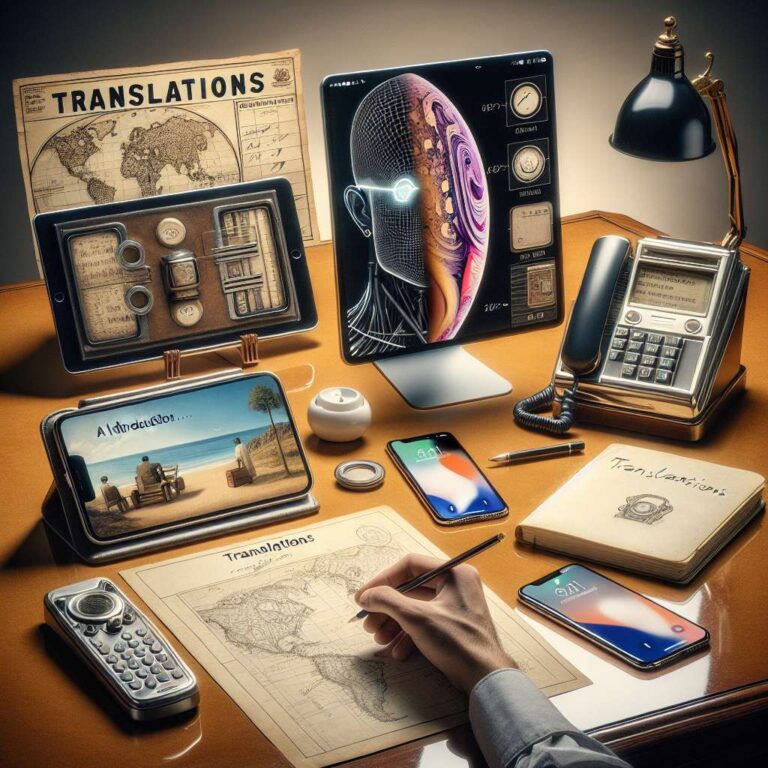Apple has unveiled its latest operating system, iOS 26, along with expanded artificial intelligence capabilities and a redesigned interface across its devices, signaling a major step in the company’s efforts to remain competitive in the global technology and artificial intelligence landscape. The announcement came during the Worldwide Developers Conference (WWDC) at Apple’s headquarters in Cupertino, California, and highlighted a series of updates designed to standardize and enhance the user experience across all Apple products.
Key new features in iOS 26 include real-time language translation within iMessages, advanced image identification, and a proactive call screening system for unknown numbers. The phone screening feature prompts unknown callers to provide their name and purpose before the user’s phone even rings. Additionally, the system detects when users are placed on hold during a call, automatically muting hold music and notifying when a human agent returns to the line. For the first time, Apple is naming its operating system releases based on the year of release, starting with iOS 26 in 2026, aiming to streamline updates and unify the design language across its lineup.
In addition to consumer-focused improvements, Apple announced it will open more artificial intelligence tools to developers, enabling the creation of advanced software for Apple devices. CEO Tim Cook emphasized the company’s commitment to empowering developers with modern tools and technologies. The company’s previous artificial intelligence offering, Apple Intelligence, debuted at last year’s WWDC, marking its initial foray into artificial intelligence integration. While some analysts expected no landmark hardware release this year, last year’s conference saw the introduction of Apple Vision Pro, the company’s high-end mixed reality headset solution.
The financial backdrop for the launch is strong, with Apple’s most recent quarterly results surpassing market expectations. The company reported modest gains in iPhone sales, alongside significant jumps in Mac and iPad revenues. However, geopolitical pressures remain, as President Donald Trump continued to urge Apple to shift manufacturing from China to the United States, threatening steep tariffs if the company fails to comply. CEO Tim Cook acknowledged the challenge of forecasting future tariff-related costs, citing ongoing uncertainty in global trade relations.

